Perimeter Security with Smart Cameras Powered By Computer Vision AI
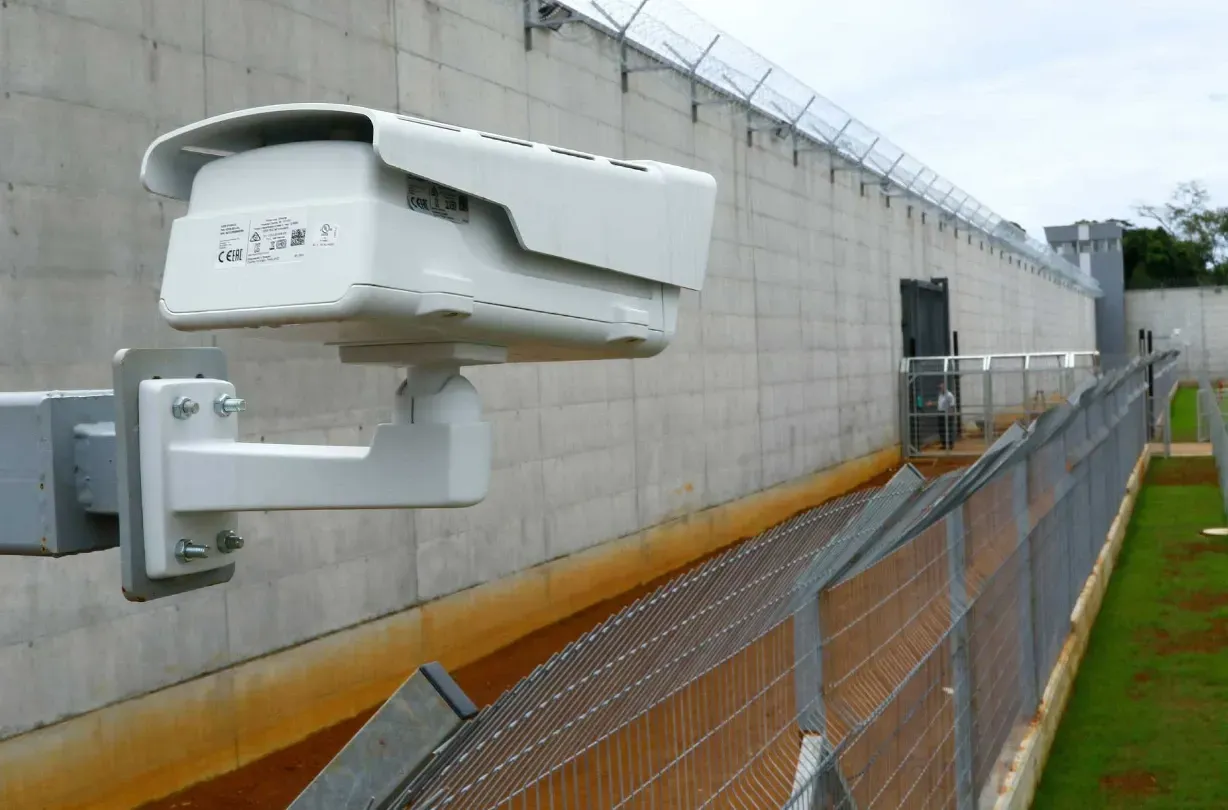
Table of Contents
- Introduction
- Understanding Smart Surveillance Systems
- Diverse Types of Surveillance Systems
- Advantages of Smart Perimeter Security Systems
- How AI Makes Automated Perimeter Security Work
- Role of Embedded Cameras in Perimeter Security and Smart Security Systems
- How Labellerr Helps
- Conclusion
- Frequently Asked Questions
Introduction
Imagine a busy corporate campus whose cutting-edge security measures were unable to keep up with the constantly changing dangers.
Welcome to the era of intelligent systems with AI and ML capabilities, as well as smart cameras. These watchful digital guardians noticed a minor pattern variation in the motion around the perimeter in a recent occurrence.
The system quickly compared the anomaly to past data, identifying the possible threat and automatically modifying its parameters to strengthen the defense.
Averted security breach and a concrete example of how artificial intelligence and machine learning are changing the way people think about perimeter security, transforming it from a shield to a proactive, adaptable defender.
Think of a future in which the cameras that keep an eye on our boundaries are intelligent friends that are always learning and adjusting, rather than being inanimate objects. This is the key to utilizing artificial intelligence (AI) and machine learning (ML) to their fullest potential for perimeter security.
This blog goes beyond traditional surveillance, meeting the demands of efficiency-driven product managers, cutting-edge ML subject matter experts, and how Labellerr help to create a large volume of training data necessary to build high performing ML model to make it possible.
Understanding Smart Surveillance Systems
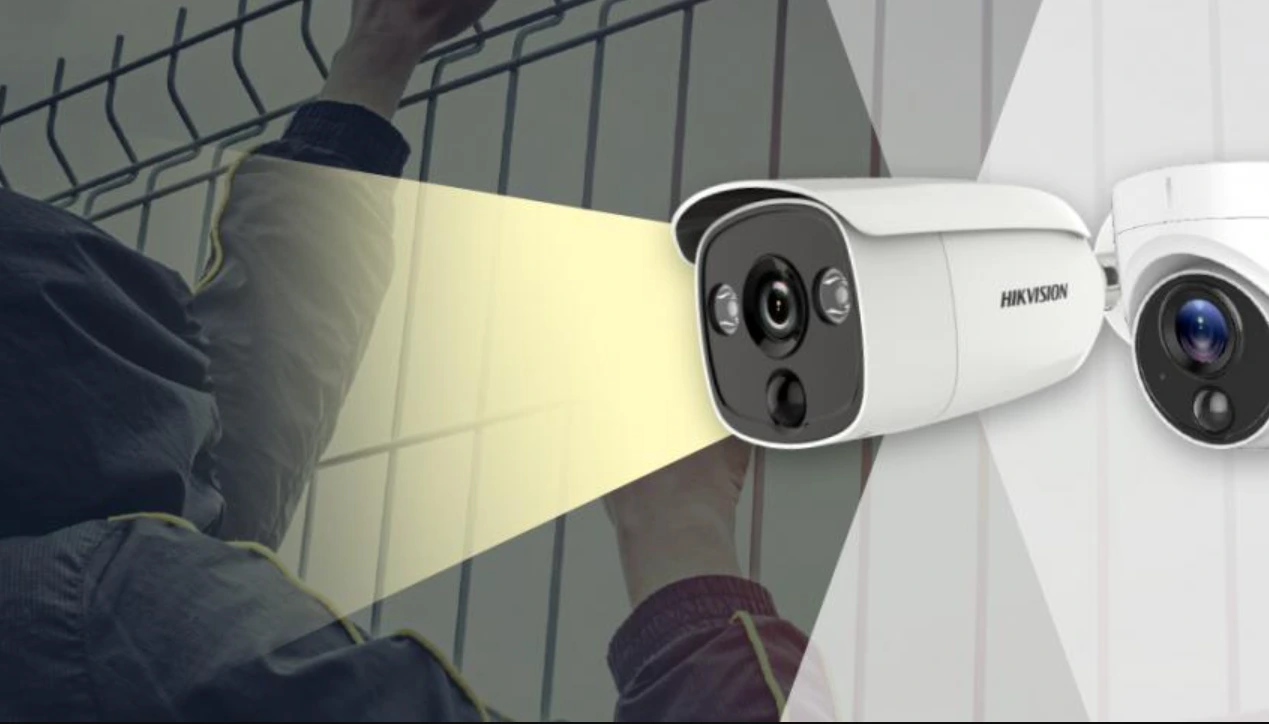
A smart surveillance system is a sophisticated network of devices that seamlessly integrates image sensors, thermal sensing, and artificial intelligence. The primary objective is to detect and respond to the presence of unwanted individuals or objects within restricted zones.
These zones span a broad spectrum, encompassing government buildings, financial institutions, factories, warehouses, military bases, and more. Depending on the size and nature of the secured area, the deployment of 3 to 50+ surveillance cameras may be required for comprehensive coverage.
Diverse Types of Surveillance Systems
(i) Perimeter Security Robots
The emergence of autonomous technology has led to the development of perimeter security robots, which are intelligent machines with the ability to effortlessly patrol and monitor vast areas.
With 2D and 3D cameras installed, these robots surpass the limitations of stationary monitoring. Because of their autonomy, they can imitate human observation, adding an extra degree of protection, especially at night when manned surveillance may be difficult.
The overall effectiveness of perimeter protection is increased by these robots, which successfully close the gap between conventional monitoring techniques and state-of-the-art technology.
(ii) Drones for Perimeter Security
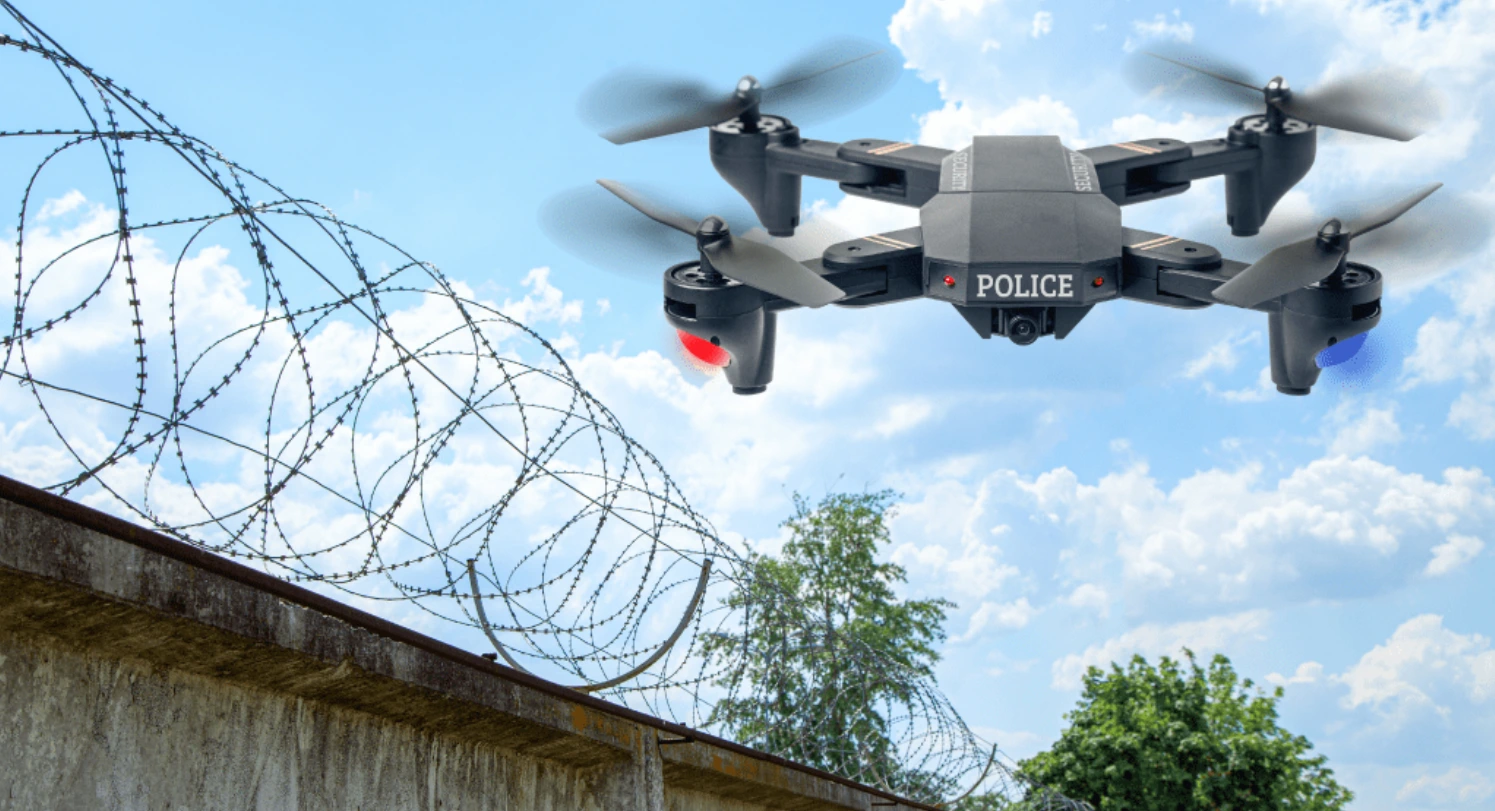
As the most advanced form of aerial surveillance, drones provide a flexible and dynamic solution for perimeter protection. These aerial vehicles cover vast areas with unmatched efficiency with the help of their high-resolution cameras.
They work especially well in situations when having a bird's-eye perspective is essential. Drones are used by law enforcement and the military to obtain strategic viewpoints on possible threats, enabling them to make preemptive and knowledgeable decisions.
Drones are a key tool in perimeter security because of their capacity to access places that may be difficult for other surveillance technologies to access. This helps to create a more thorough and multilayered defence strategy.
(iii) Surveillance Cameras
Surveillance cameras serve as the stalwart foundation of any security system, strategically mounted on poles or walls to oversee secured areas. Their significance lies in their ability to provide high-resolution images, offering a level of detail crucial for comprehensive analysis. Beyond their static nature, these cameras boast a 360-degree coverage, ensuring that no angle is left un-monitored.
Moreover, features such as infrared and thermal sensitivity equip these cameras for effective night vision, enabling continuous surveillance even in low-light conditions. This makes them versatile tools for maintaining the security integrity of various environments.
Advantages of Smart Perimeter Security Systems
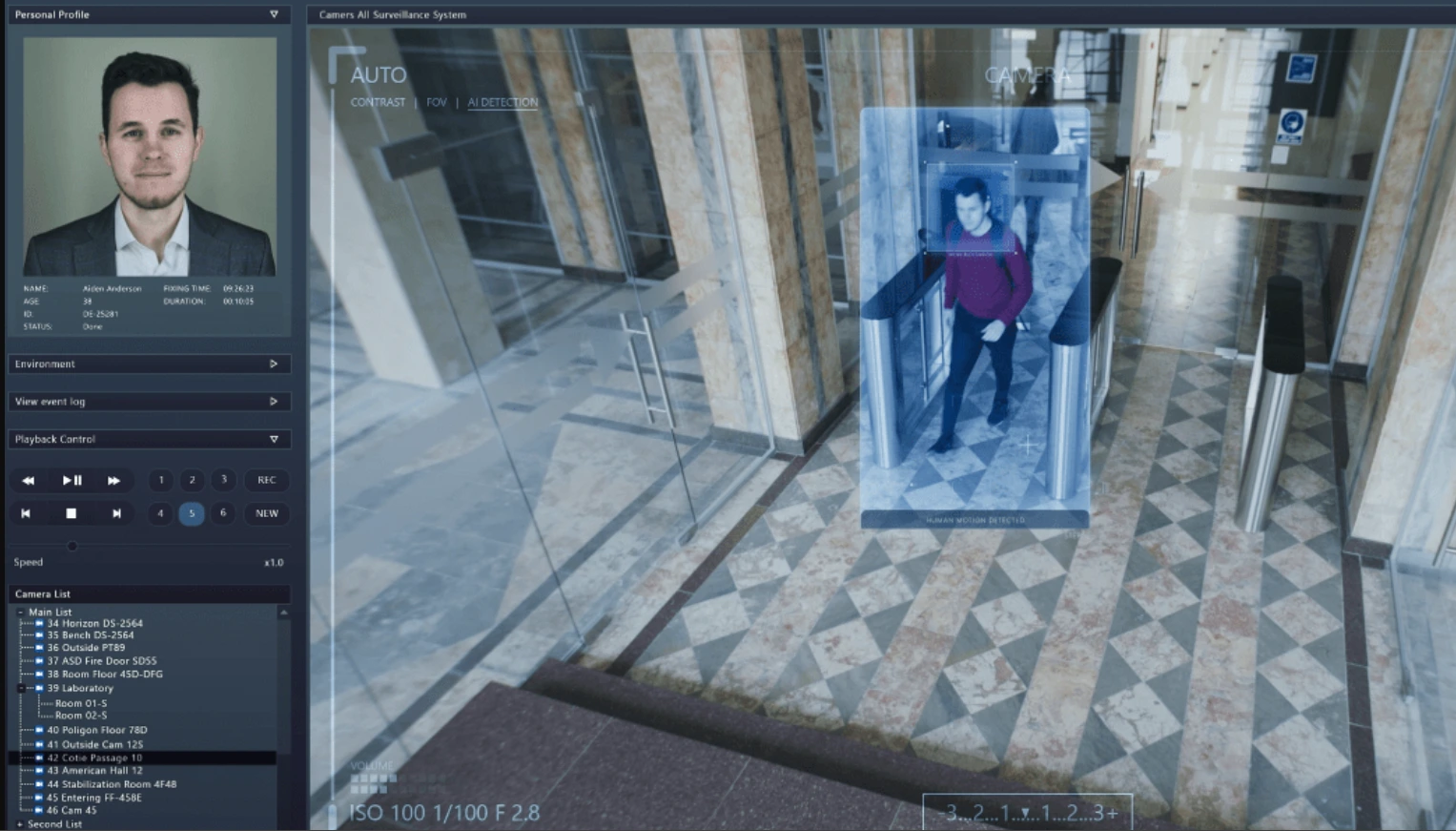
(i) Continuous Operation
Smart perimeter security systems provide uninterrupted surveillance, working around the clock even in challenging environmental conditions. This means that regardless of the weather or time of day, these systems remain operational, ensuring constant vigilance to detect any potential threats.
(ii) Infrared and Thermal Sensitivity
These systems have a unique ability to spot things that the human eye might miss, especially during nighttime hours. By utilizing infrared and thermal sensitivity, smart security systems can detect heat signatures or objects that emit infrared radiation, enhancing their capability to identify intruders or unusual activities in the dark.
(iii) Data Collection and Analysis
Smart security systems not only monitor in real-time but also collect valuable data over time. This data becomes a valuable resource for various analyses, contributing to a deeper understanding of the security landscape. Analyzing this information helps in identifying patterns, trends, and potential vulnerabilities, ultimately enhancing the overall effectiveness of security measures.
(iv) Cost-Efficiency
One of the notable advantages of smart perimeter security systems is their cost-effectiveness. With minimal operational expenses, these systems significantly reduce long-term security costs. Once installed, they can operate efficiently without the need for extensive human intervention, making them a cost-efficient solution for maintaining security over an extended period.
(v) Access to Hard-to-Reach Areas
Drones and robots, integral components of smart security systems, have the ability to access areas that might be challenging for human surveillance. This improves the overall coverage of the secured area, as these devices can navigate through difficult terrains or areas with restricted access. By reaching these hard-to-reach places, smart security systems ensure a more comprehensive and thorough surveillance approach.
How AI Makes Automated Perimeter Security Work
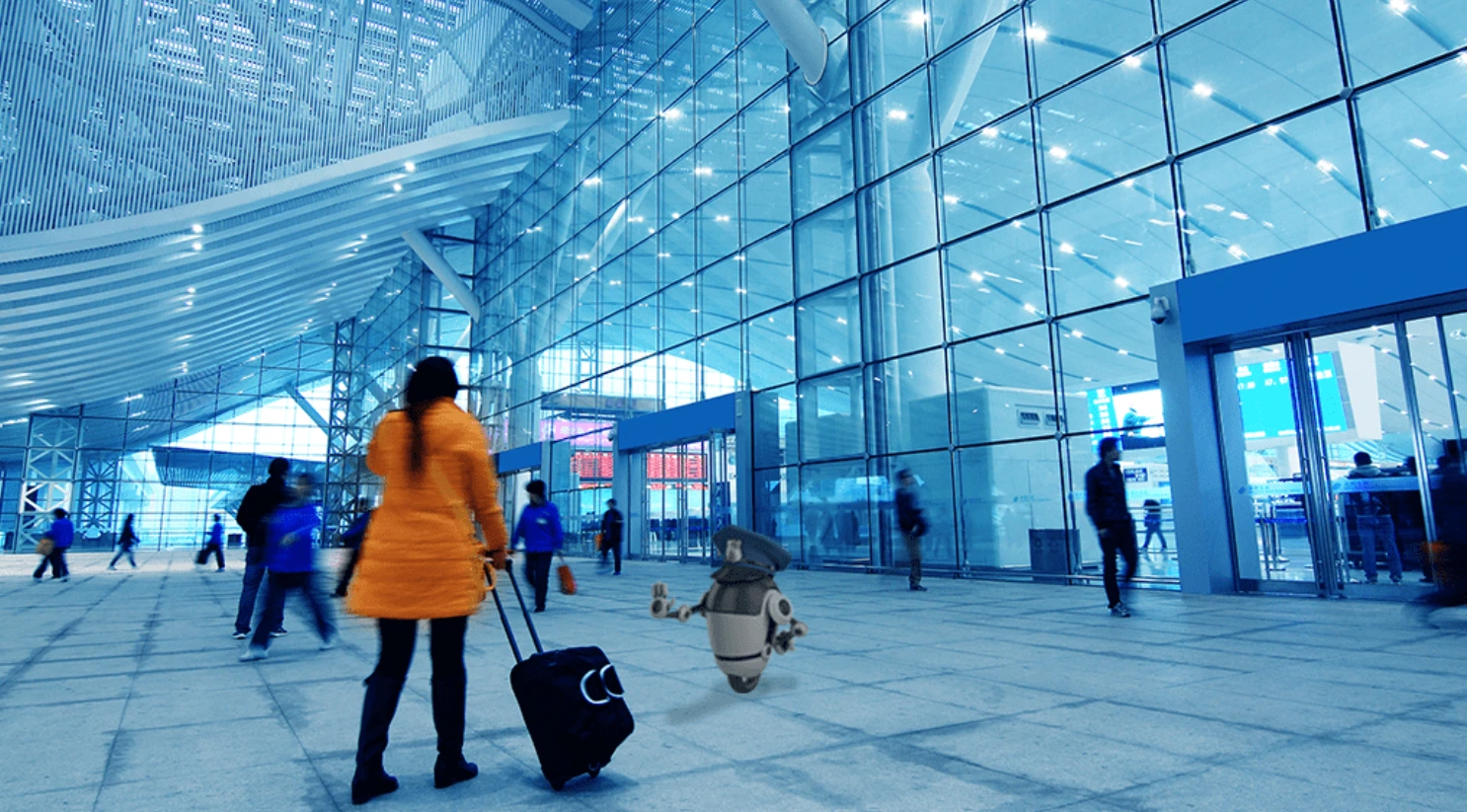
In today's high-tech security systems, artificial intelligence (AI) plays a crucial role in making surveillance smarter. Let's break down how this works:
(i) Object Recognition
Imagine your security camera not just seeing things but understanding them. AI in surveillance systems is like a smart brain that can tell the difference between various objects. This ability helps in spotting potential threats. For example, it can distinguish between a person, an animal, or a vehicle, making it easier for security systems to identify what's going on.
(ii) Deep Learning (DL)
Deep learning is like the brain getting smarter over time. In the world of security cameras, deep learning improves the camera's skills gradually. It's like the camera is learning from its experiences. So, the longer it's in action, the better it becomes at detecting potential dangers. It's a bit like your security camera getting better at its job every day.
(iii) Automation of Security Tasks
Imagine if your security system could take care of routine tasks on its own, leaving humans to focus on more important things. That's what automation does. AI helps in automating tasks like keeping an eye on specific areas or tracking movements. This not only saves time but also makes the whole security process more efficient.
(iv) Enhanced Threat Detection
Humans might miss some things, but AI rarely does. With its keen eye, AI can detect intrusions – things that shouldn't be there. It's like having an extra set of eyes that never get tired. This enhanced ability to spot potential dangers makes AI a valuable ally in keeping places secure.
AI in surveillance is like having a smart helper for your security cameras. It recognizes objects, gets better at its job over time, takes care of routine tasks, and ensures that potential threats don't go unnoticed. It's like upgrading your security system to a superhero level!
Role of Embedded Cameras in Perimeter Security and Smart Security Systems
Embedded cameras are like the eyes of smart security systems, playing a vital role in making sure everything stays safe. Let's dive into why these cameras are so important:
(i) High Resolution
Think of high resolution like having a super clear picture. Embedded cameras can capture videos with lots of details, kind of like having more pixels in a photo. This helps security folks look closely at what's happening and notice things they might have missed with lower-resolution cameras.
(ii) Range and Coverage
Just having good eyes isn't enough; the camera needs to see far and wide. Using fancy technologies like RADAR and LiDAR, these cameras can cover a big area. It's like having a superhero vision that can spot things from a distance, making sure no corner is left unchecked.
(iii) Infrared and Thermal Sensitivity
Even when it's dark, these cameras can still "see" things. Imagine having a camera that can detect heat or infrared signals. This is like having a special night vision superpower, allowing the camera to work 24/7, even in the dark.
(iv) 360-Degree Coverage
Some cameras can see everything around them, like having eyes all over. This is achieved by using multiple cameras that work together, making sure there are no blind spots. It's like having eyes not just in front but all around, ensuring thorough surveillance.
(v) Environmental Protection
These cameras are tough – they can handle rain, dust, and fog. It's like having a protective shield around them (IP-rated enclosures) to make sure they keep working no matter what Mother Nature throws at them.
(vi) On-Device Processing
Think of on-device processing as having a smart brain right where the eyes are. The camera doesn't have to rely on a far-away computer to understand what it sees. It can analyze the footage on its own, making decisions quickly. It's like having a brain right where it's needed, ensuring a fast response to potential threats.
How Labellerr Helps
Labellerr's data engine helps ML teams to create a large volume of high quality training data that need to train the AI model to detect anamolies.
It provide a comprehensive solution which include pipeline management, workflow automation, pre-trained models and efficient himan in the loop to generate labels at much faster speed.
Speed and quality of labels ensure organization developing surveillance models to launch their product at a much faster speed.
Conclusion
The smooth integration of smart surveillance technologies, such as drones, sophisticated surveillance cameras, and perimeter security robots, is the key to the future of perimeter security. Continuous operation, cost-effectiveness, infrared and thermal sensitivity, data collecting and analysis, and accessibility to difficult-to-reach places are all features of these systems.
Artificial Intelligence plays a crucial part in automated perimeter security by facilitating deep learning, object recognition, security task automation, and improved threat detection. With its high resolution, wide-coverage, infrared and thermal sensitivity, 360-degree coverage, environmental protection, and on-device processing, embedded cameras act as the eyes of smart security systems.
Frequently Asked Questions
1. How can AI-enabled video analytics improve perimeter security?
AI-enabled video analytics significantly enhance perimeter security by offering advanced capabilities for real-time threat detection and response. Through object recognition, deep learning, and automation of security tasks, AI can accurately identify and analyze various objects, distinguishing between humans, animals, and vehicles.
This enables faster and more precise threat identification, reducing false alarms. The continuous learning nature of AI ensures improved performance over time, making surveillance systems smarter and more adaptive. Additionally, AI facilitates the integration of high-resolution cameras with features like infrared and thermal sensitivity, allowing for enhanced visibility during nighttime hours.
By automating routine tasks and providing rapid threat detection, AI-enabled video analytics greatly strengthen perimeter security, offering a proactive and efficient approach to safeguarding restricted areas.
2. What makes a good perimeter security system?
A robust perimeter security system combines advanced technology, strategic placement of surveillance devices, and intelligent analytics. Key elements include a variety of surveillance tools such as high-resolution cameras with infrared and thermal sensitivity, drones, and autonomous robots for comprehensive coverage.
Integration of artificial intelligence and machine learning enables real-time threat detection, object recognition, and automation of security tasks, enhancing overall efficiency. The system should be adaptable to diverse environments, capable of continuous operation, and resistant to environmental challenges.
A good perimeter security system not only identifies and responds to potential threats promptly but also provides data for ongoing analysis, ensuring a proactive and effective defense strategy.
3. How can a perimeter security system reduce blind spots?
A perimeter security system can effectively reduce blind spots by employing strategic placement of surveillance devices and utilizing technologies that offer comprehensive coverage. This includes the deployment of multiple surveillance cameras with overlapping fields of view to eliminate gaps and provide a 360-degree perspective.
Drones and autonomous robots can be integrated to access hard-to-reach areas, further minimizing blind spots. Additionally, using advanced analytics and artificial intelligence allows for continuous monitoring and quick detection of potential threats, ensuring that no areas within the secured perimeter are left unobserved.
By combining these elements, a well-designed perimeter security system can significantly reduce blind spots and enhance overall surveillance effectiveness.
Book our demo with one of our product specialist
Book a Demo
